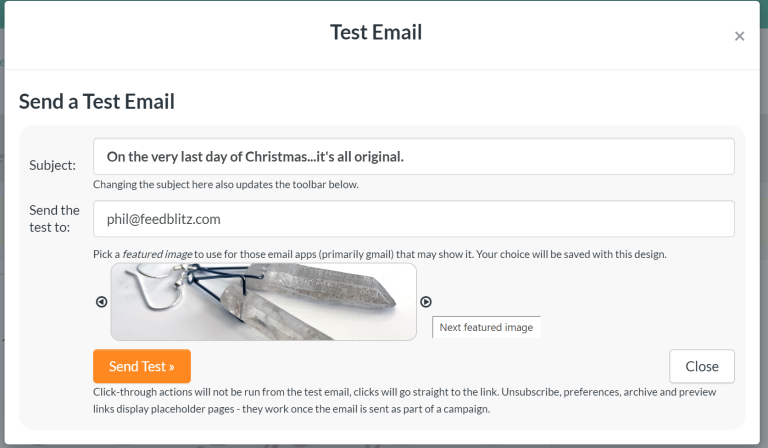Share this
Can you really make money with low content books? It’s a question that’s probably crossed your mind as you scroll through many social media posts and video showcasing “easy” side hustles. The promise is tempting: create simple books, upload them to Amazon, and watch the passive income roll in. But as you sit there, juggling work, family, and a never-ending to-do list, you can’t help but wonder if it’s too good to be true.
The truth is, the world of low content books isn’t the effortless cash cow many “gurus” make it out to be. With thousands of uninspired journals and planners flooding the market, standing out feels about as easy as finding a quiet moment in a house full of kids. And let’s be honest, the last thing you need is another time-consuming project that yields more frustration than profit.
But before you click away, thinking this is just another dead end, take a breath. While the road to success with low content books isn’t as straightforward as some would have you believe, there are still opportunities for those willing to approach it with creativity and strategy. In this article, we’ll cut through the hype, explore the real potential of low content books, and show you how to avoid the pitfalls that trip up so many creators. Whether you’re looking to supplement your income or flex your creative muscles, you’ll find practical insights to help you navigate this often misunderstood corner of self-publishing.
Also See: How to Build an Information Products Empire
What Are Low Content Books?
Low content books are self-published works with minimal text, typically designed for readers to fill in themselves. Think of them as the literary equivalent of a blank canvas – they provide a framework, but the real value comes from what the user adds. Common examples include:
- Journals with prompts or quotes
- Planners and organizers
- Activity books
- Coloring books for adults or children
- Puzzle books (crosswords, word searches, etc.)
- Guest books for special events
These books are often published through platforms like Amazon’s Kindle Direct Publishing (KDP), making them accessible to creators without traditional publishing connections.
Also See: 8 Ways to Get Paid for Your Recipes
The Reality of Making Money with Low Content Books
You’ve probably seen YouTube videos or online courses promising thousands in passive income from low content books. While it’s true that some creators have found success in this niche, it’s important to approach these claims with a healthy dose of skepticism.
Think of low content books like a lemonade stand. Sure, on a hot day in a busy neighborhood, you might make a tidy profit. But you’re not going to retire on lemonade sales alone. Similarly, low content books can provide a stream of income, but it’s unlikely to replace a full-time job without significant effort and strategy.
Also See: 25 Passive Income Ideas That Can Help You Quit Your 9-5
The Challenges of Low Content Books
Before you start designing your first journal, consider these potential hurdles:
- Quality Issues: KDP’s printing options are designed for traditional books, not notebooks. The paper might be too thin for heavy writing, and the binding often doesn’t allow the book to lay flat.
- Marketing Matters: Simply uploading a book to Amazon won’t guarantee sales. You’ll need to invest time in marketing your creation, just like any other product.
- Fierce Competition: The low barrier to entry means there are thousands of low content books already on the market. Standing out requires creativity and quality.
- Avoid Shortcuts: Some websites offer pre-made interiors for low content books. Using these could result in duplicate content issues and potentially get your KDP account suspended.
When Low Content Books Might Work
Despite these challenges, there are situations where low content books can shine:
- Niche-Specific Workbooks: For example, a “New Parent’s Sleep Tracker” could appeal to sleep-deprived parents looking for patterns in their baby’s habits.
- Themed Journals: A “Gratitude Journal for Dog Lovers” might resonate with a specific audience more than a generic gratitude journal.
- Skill-Building Books: A “Daily Sketching Prompts for Aspiring Artists” book combines low content with valuable instruction.
The key is to create something that solves a specific problem or appeals to a particular interest group.
A Better Approach to Creating Low Content Books
If you’re still interested in exploring this avenue, here are some tips for success:
- Use Professional Design Tools: While Canva is popular, consider learning more advanced tools like Adobe InDesign or hiring a professional graphic designer for a more professional look.
- Invest in Quality Printing: Look into print-on-demand services that specialize in notebooks and journals, like Lulu or IngramSpark, for better quality than KDP offers.
- Test Your Product: Order proof copies and use them yourself. Would you buy this book if you saw it in a store?
- Focus on Unique Value: Instead of creating another blank lined journal, think about what unique perspective or help you can offer your target audience.
The Bottom Line
Creating low content books isn’t a guaranteed path to passive income, but it can be a rewarding creative outlet with the potential for some extra earnings. The most successful creators in this space treat it like any other business – they identify a need, create a quality product, and market it effectively.
Remember, the time you spend creating multiple generic journals could instead be invested in writing a children’s book, crafting a unique guided journal, or developing another creative project that truly showcases your skills and passions.
Also See: Publishing a Kindle Book
Ultimately, the key to success in any creative endeavor – including low content books – is to create something of genuine value. Whether that’s a beautifully designed notebook that makes writing a joy, or a guided journal that helps people achieve their goals, focus on making something you’d be proud to see on a bookstore shelf.
By approaching low content books as a creative challenge rather than a get-rich-quick scheme, you’re more likely to create something that resonates with readers and potentially provides a sustainable source of additional income. And who knows? Your unique take on low content books might just be the next big trend in self-publishing.










